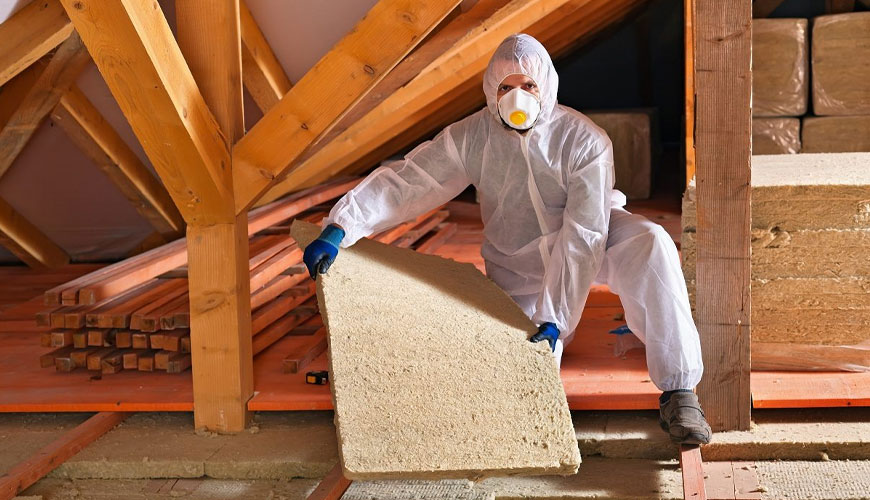

Developed by the British Standards Institute (BSI), the BS 874 standard describes methods for determining the thermal insulation properties of materials and includes definitions of thermal insulation terms.

Some definitions refer to "hot and cold faces". In all these cases, the system through which heat flows is assumed to have two definable isothermal surfaces (not necessarily plane). It should be understood that in some situations, such as furnace operation, the "cold" side of the material may actually be at a fairly high temperature, while in cooling operation the "hot" side may be down.
The simplest system is a uniform material, that is, if a sample is taken between straight parallel hot and cold faces at certain temperatures, it is a material such that, under certain constant temperature conditions, the constant rate of heat conduction is proportional to and inversely with the area of these faces. proportional to the distance between them. Therefore, plastered concrete is not a uniform material because two samples with the same dimensions but different ratio of plaster thickness to concrete thickness are different at the same temperature conditions.
will conduct heat.
In practice, heat flow through much more complex systems must be considered. All such systems will be referred to as "structures" and hence the term includes an insulating material made of alternating layers of metal foil and air, an airplane cabin, a corrugated roof, a furnace wall, or a full building. However, definitions still assume that a hot face and a cold face can be defined.
Two similar material samples will be tested. Bulk densities shall not differ from the average density by more than ± 5%. Nominally it will be 300 mm square; and the actual lengths and widths each have at least three very different
position and at the determined average dimensions. The thickness of the samples will preferably be between 40 mm and 50 mm. For higher conductivity materials in this range, a sample thickness of up to 75 mm can be used. Actual thicknesses should be measured to the nearest 0,2 mm at a specified average thickness at at least six different locations. The surfaces of the samples shall be flat and parallel. The full width thickness difference should not exceed 2% of the average thickness. The deviation from straightness should not exceed 0,2 mm in full width as judged by gauge and feeler gauge.
When the area of the test material is insufficient to provide the test specimens in one piece (for example, most bricks and blocks), test specimens can be made from several parts. Their thickness will be the same as the final test specimens. The densities of the parts used in both samples shall not differ from the average density by more than ± 5%. The surfaces between the parts must be machined correctly and joined with a suitable adhesive of minimum thickness. The width of the joints for each sample should not exceed 1 mm and the total length should not exceed 1500 mm. No contacts or connections are allowed along the heat flow in the sample.
Our organization also provides testing services for the Definitions of BS 874 Thermal Insulation Terms and Determination of Thermal Insulation Properties within the framework of laboratory services of materials.
To get an appointment, to get more detailed information or to request an evaluation, you can ask us to fill in our form and reach you.